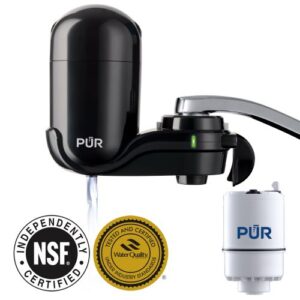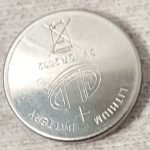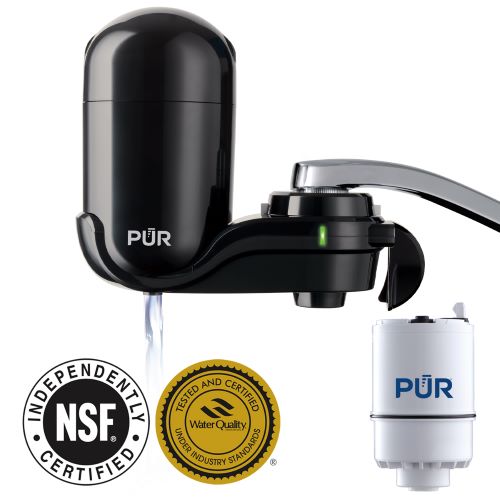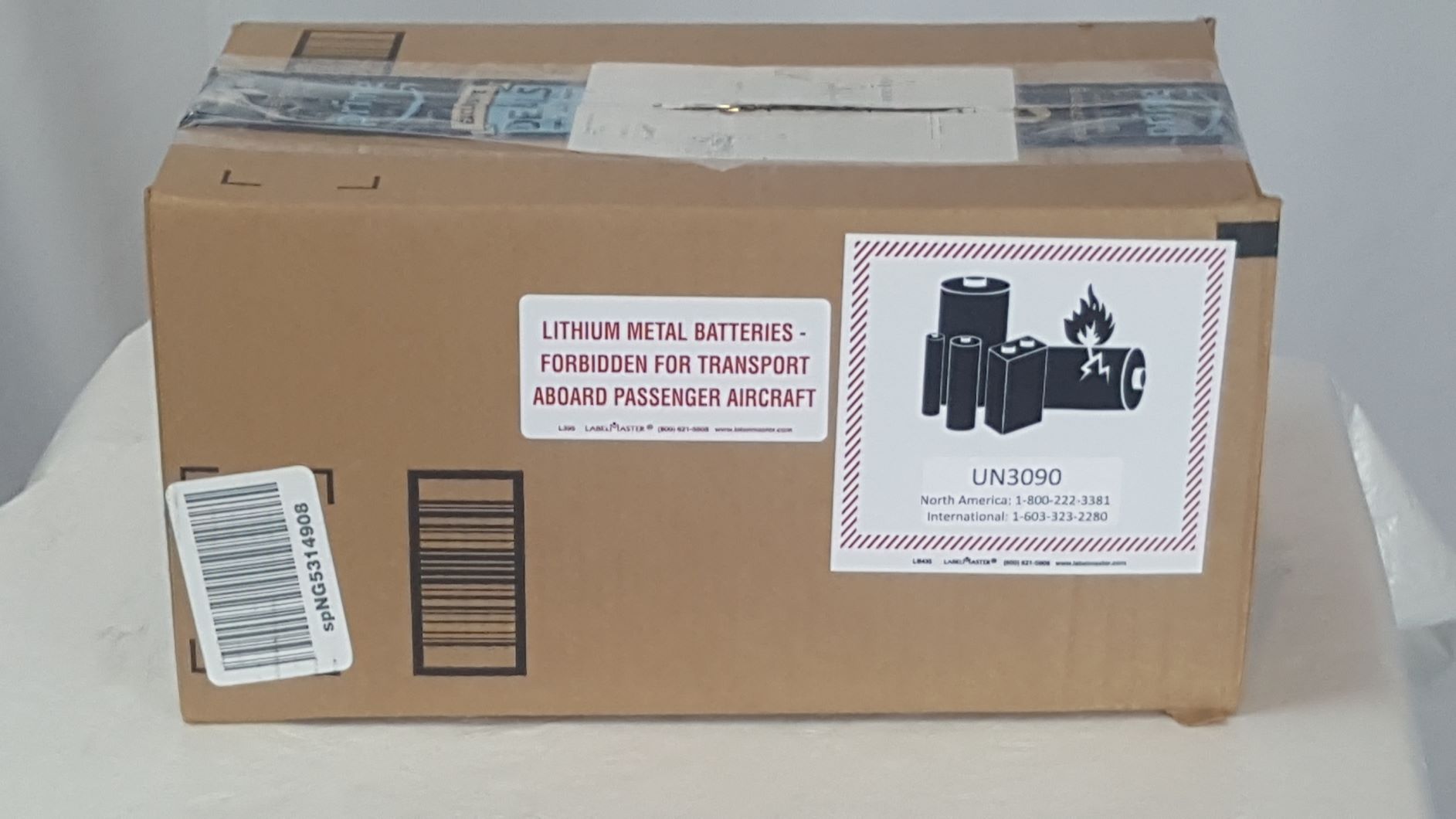A question received September 23, 2020:
Hi Daniel,
I just stumbled across your website and specifically this article: March 6, 2019: USDOT Changes Regulations for Transport of Lithium Batteries
I am trying to mail a water filter like the one in the image I attached.
When it showed up to me it had some of the UN stickers and said “forbidden for transport by air or vessel”. It does have some type of battery in it to monitor when the filter life is up.
My question is, do I need to provide one of the UN stickers on the attached image to mail it with USPS? I’m just confused if the stickers are only required for mailing batteries themselves, or if the stickers are required when there is just a battery inside the unit.
Thank you!
My reply that same day:
I will try to answer your question. Please see below.
- To give a complete answer the size and type of the lithium cell or battery must be known.
- However, based on the image I will presume the following:
- It is a cell and not a battery due to its presumed size and function in the equipment. Specifically, it is a button cell.
- It is, as you indicate, contained in the equipment it is meant to power when in it is in transportation.
- It is a lithium metal cell and not lithium ion since it is unlikely to be rechargeable as lithium ion batteries usually are.
- It is a “smaller” lithium metal cell. That is, it has a lithium content of no more than 1 gram if a cell and no more than 2 grams if a battery.
- The equipment and battery must be packed securely in a good outer packaging.
- It is not subject to any other USDOT regulations for transport within the U.S. as long as my above presumptions are correct. There is no requirement for any marks or labels on the package.
- If the battery is packed by itself more stringent regulations apply.
- Please refer to U.S. Postal Service (USPS) regulations.
I hope this helps. Please contact me with any other questions.
His reply the next day (09.24.21):
 Thank you very much for your quick reply. I have a second one of these that I cracked open to find the battery. It is a button battery about the size of a nickel, so this would NOT require any markings on the package? And for the one I will be mailing the battery will be inside the unit just as it was from the manufacturer.
Thank you very much for your quick reply. I have a second one of these that I cracked open to find the battery. It is a button battery about the size of a nickel, so this would NOT require any markings on the package? And for the one I will be mailing the battery will be inside the unit just as it was from the manufacturer.
What would be a normal consumer product that would require the markings when shipping? Something like an iPhone?
Thank you for the USPS website reference!!
That same day I had an answer:
Please see below.
The transportation of lithium batteries (all batteries) is very complicated. Please be advised that I am providing only general guidance.
- If you are shipping the batteries as part of a business you are subject to more strict penalties.
- In general:
- “Smaller” lithium cells or batteries (those typically used in consumer devices) are subject to less regulation.
- Lithium cells or batteries packed and shipped in the equipment they are meant to power are subject to less regulation.
- A button cell battery contained in the equipment it is meant to power is subject to very little regulation other than safe packaging.
- The battery in an iphone – and most other consumer items – is smaller and therefore subject to little regulation. However, it is still subject to more regulation than a button cell contained in the equipment it is meant to power.
- The requirement for the lithium battery mark depends on the number of factors:
- All “smaller” lithium cells or batteries packed alone or with – but not in – the equipment they are meant to power require the display of the lithium battery mark.
- The lithium battery mark is never required for “smaller” button cells or batteries contained in equipment (your situation).
- For other “smaller” lithium cells or batteries contained in equipment, e.g., an iPhone, the lithium battery mark must be displayed if any of the following is true:
- More than 4 cells in a package or more than 2 packages in a consignment.
- More than 2 batteries in a package or more than 2 packages in a consignment.
- The mark forbidding all air and vessel transport or forbidding just passenger aircraft depends on more complicated review of regulations. Regardless, it does not apply to your situation.

Please contact me with any other questions.
The questioner wanted clarification for their specific situation:
Thank you!
So since I am just mailing one unit, with a button cell battery contained inside the equipment, I should not include any markings on the package is what I am concluding from your bullet points, correct?
My reply:
Based on the information provided, that is correct.
He was grateful:
Thank you for your time!
Conclusion:
The USDOT/PHMSA Hazardous Materials Regulations (HMR) regarding the transportation of lithium batteries of any size and any configuration are very complicated. Any time I’m asked a question I make certain to go back to the most current edition of the HMR to confirm my answer. Don’t rely on hearsay or outdated regulations! Make sure you get it right.




